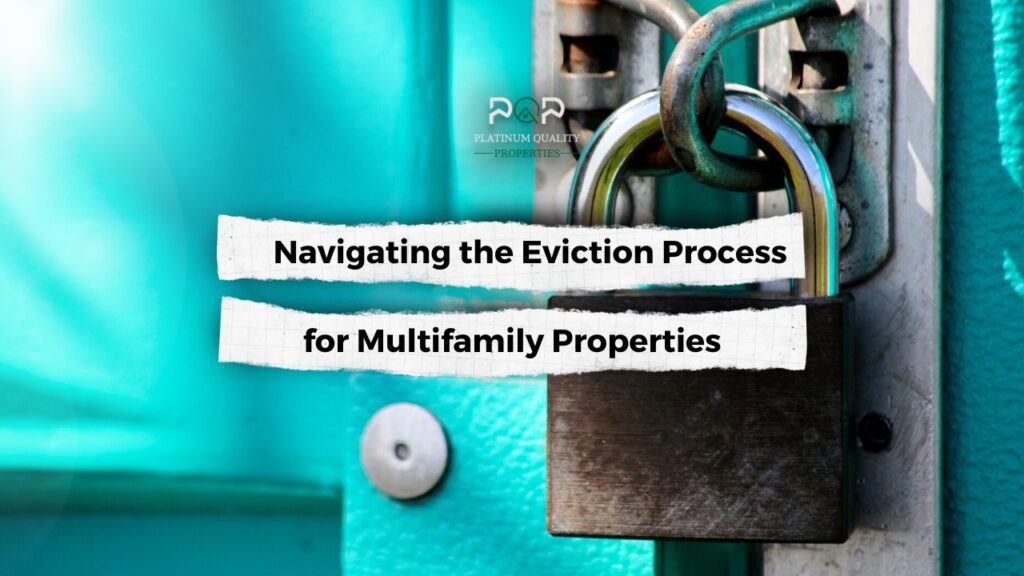For property owners and managers of multifamily properties, navigating the eviction process can present a challenging task. This process can be complicated, time-consuming, and emotionally stressful for all parties involved. However, when tenants are not paying rent or violating the terms of their lease, it is a necessary step to take. In this blog, we will provide insights on successfully navigating the eviction process for multifamily properties and discuss alternative methods for handling non-paying tenants without resorting to court.
Step 1: Review the Lease Agreement
Before starting the eviction process, it is essential to review the lease agreement to ensure that the tenant is in violation of the terms. Common reasons for eviction include non-payment of rent, property damage, and illegal activities on the property. If the tenant is in violation of the lease, it is recommended to provide written notice to the tenant, specifying the reason for eviction and the timeline for rectifying the issue.
Step 2: Seek Legal Advice
Navigating the eviction process for multifamily properties requires legal expertise. Therefore, it is recommended to seek legal advice from a real estate attorney. The attorney can help you understand the legal requirements for eviction and provide guidance on how to proceed.
Step 3: Provide Proper Notice
Once you have reviewed the lease agreement and sought legal advice, the next step is to provide proper notice to the tenant. The type of notice required will depend on the state and local laws. Typically, the notice should include the reason for eviction and the timeline for rectifying the issue. The notice can be served in person, through a process server, or certified mail.
Step 4: Consider Alternative Methods to Eviction
Eviction is not the only option when dealing with non-paying tenants. Alternative methods include offering payment plan options, considering a cash-for-keys agreement, and using mediation services. Payment plan options allow tenants to pay the overdue rent over a specified period, while cash-for-keys agreements allow tenants to leave the property in exchange for a lump sum of cash. Mediation services can help resolve disputes between the tenant and the property owner or manager.
Step 5: File the Eviction Notice
If the tenant does not rectify the violation within the specified timeline, the next step is to file an eviction notice with the local court. The eviction notice must be filed with the court where the property is located. The court will then schedule a hearing date to determine whether to grant the eviction.
Step 6: Attend the Court Hearing
At the court hearing, both the property owner and tenant will present their case, and the judge will make a decision. If the judge grants the eviction, a notice to vacate will be issued, specifying the date by which the tenant must leave the property.
Step 7: Execute the Eviction
If the tenant does not leave the property by the specified date, the property owner can request assistance from the local authorities to execute the eviction. It is essential to follow the proper procedures for executing the eviction to avoid any legal issues.
–
Navigating the eviction process for multifamily properties requires careful planning and legal expertise. It is essential to review the lease agreement, seek legal advice, provide proper notice, and consider alternative methods to eviction such as payment plans, cash-for-keys agreements, and mediation services. If the above methods do not work, then the property owner can file an eviction notice with the local court and attend the court hearing. By following these steps, property owners and managers can successfully navigate the eviction process and protect their investment. If you have any questions or concerns about the eviction process for multifamily properties, it is recommended to seek legal advice from a real estate attorney.




